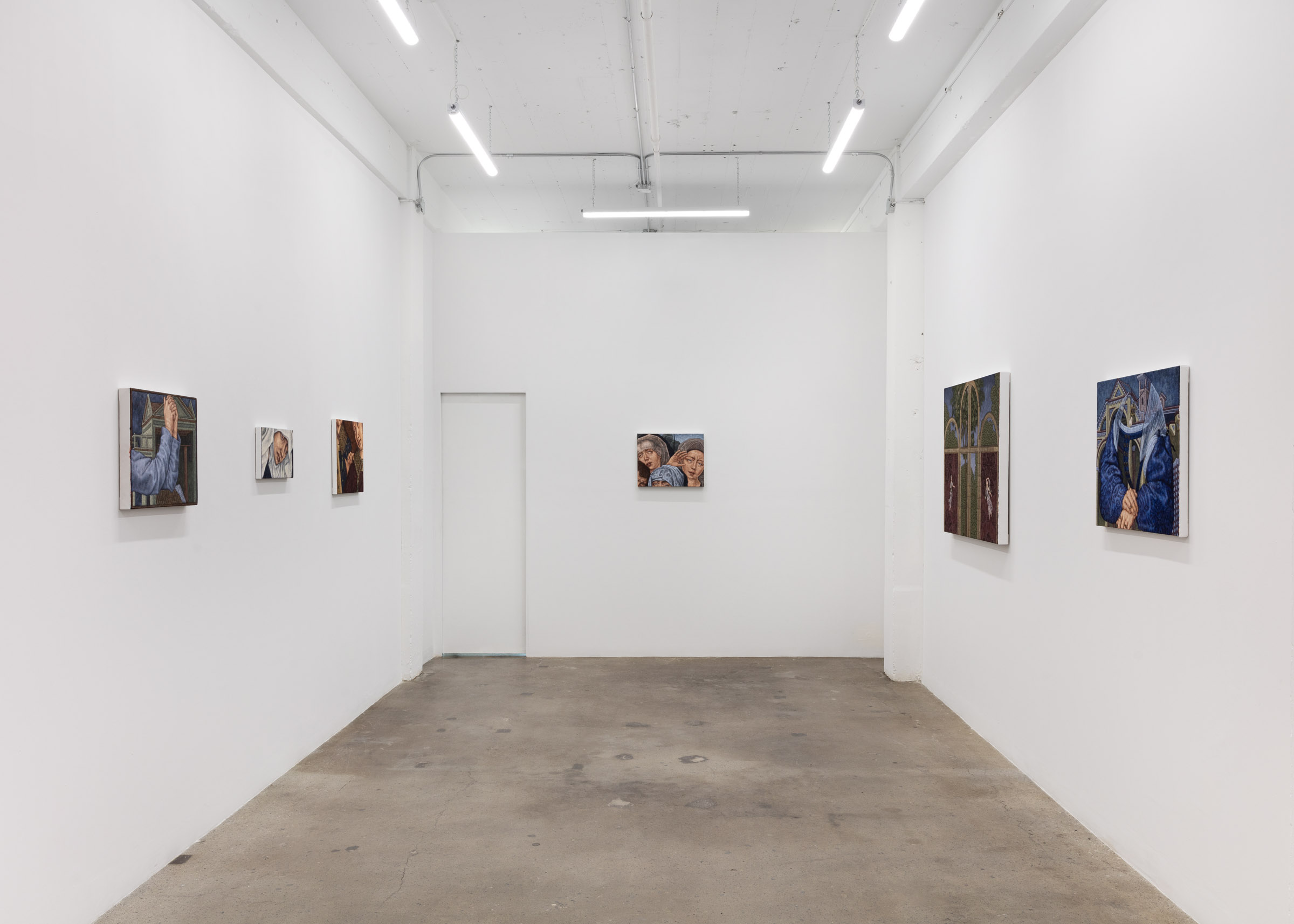
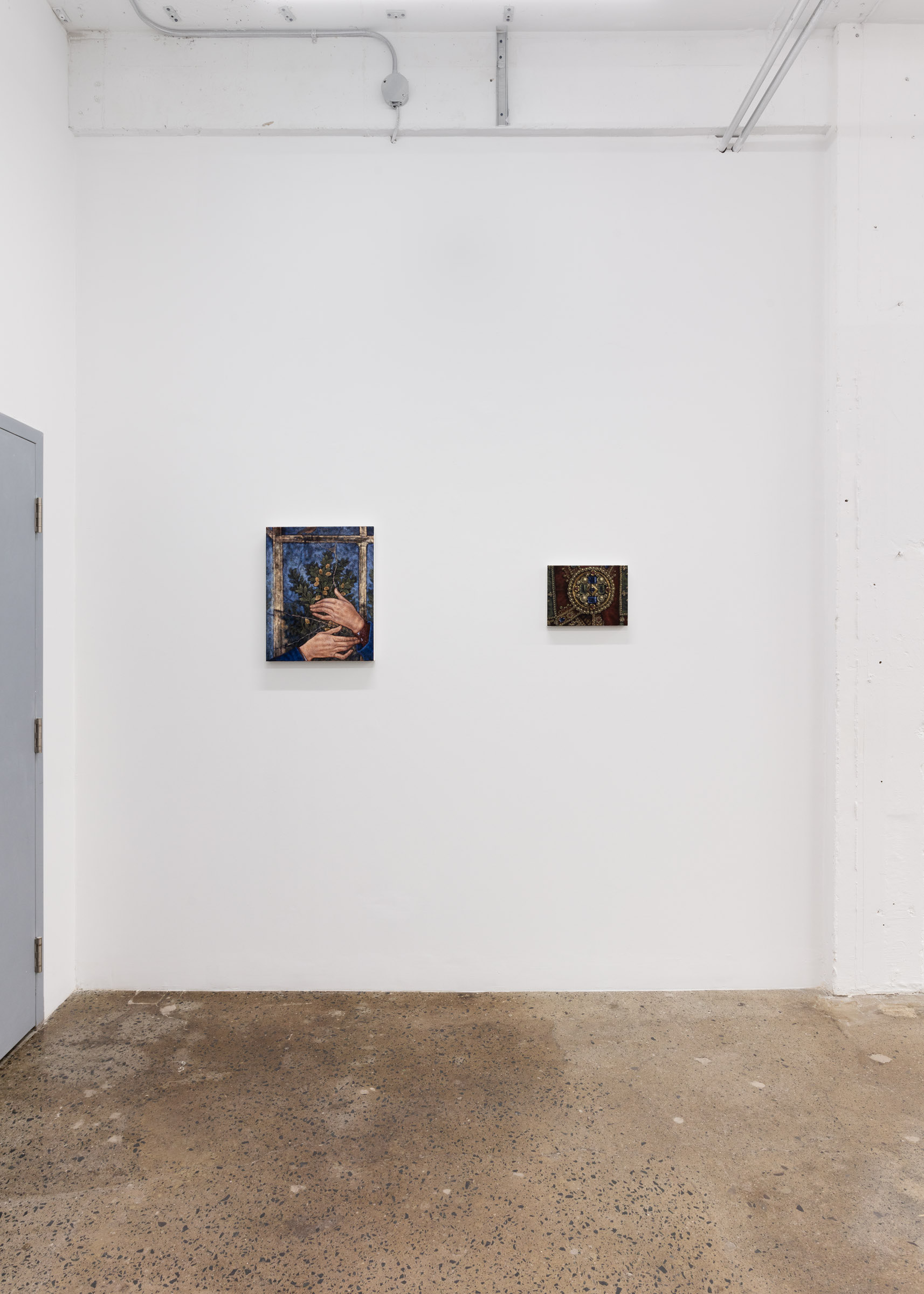

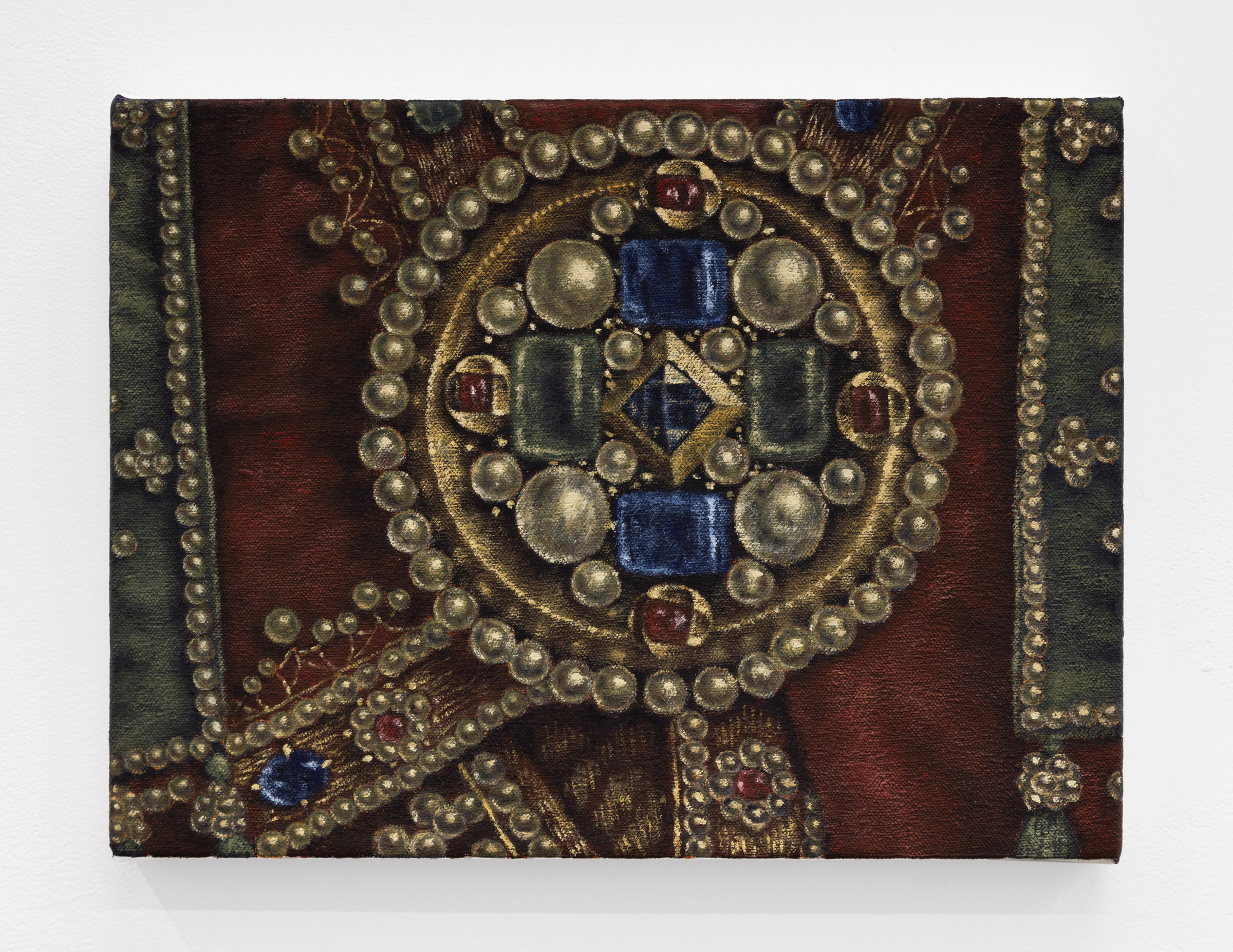
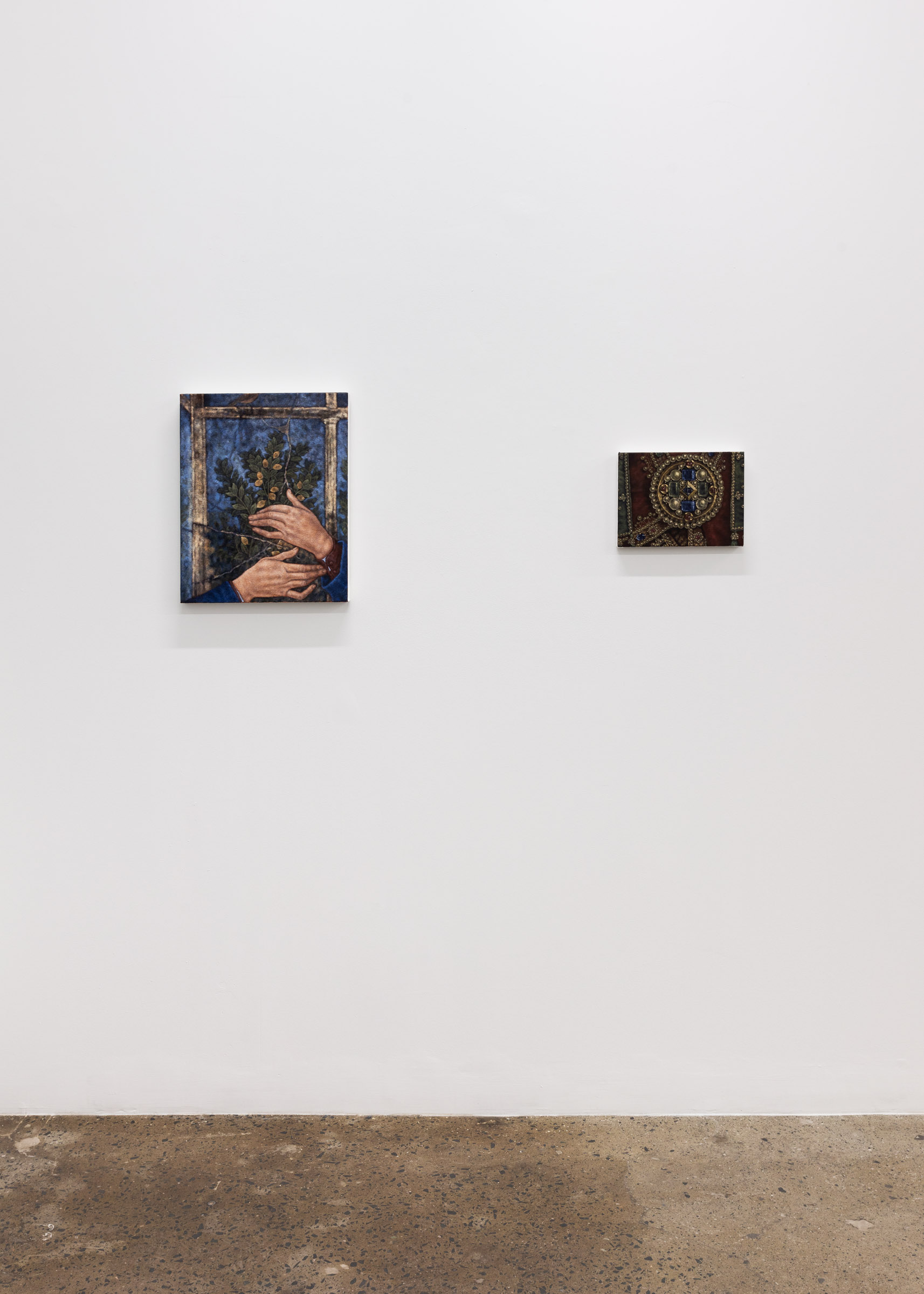
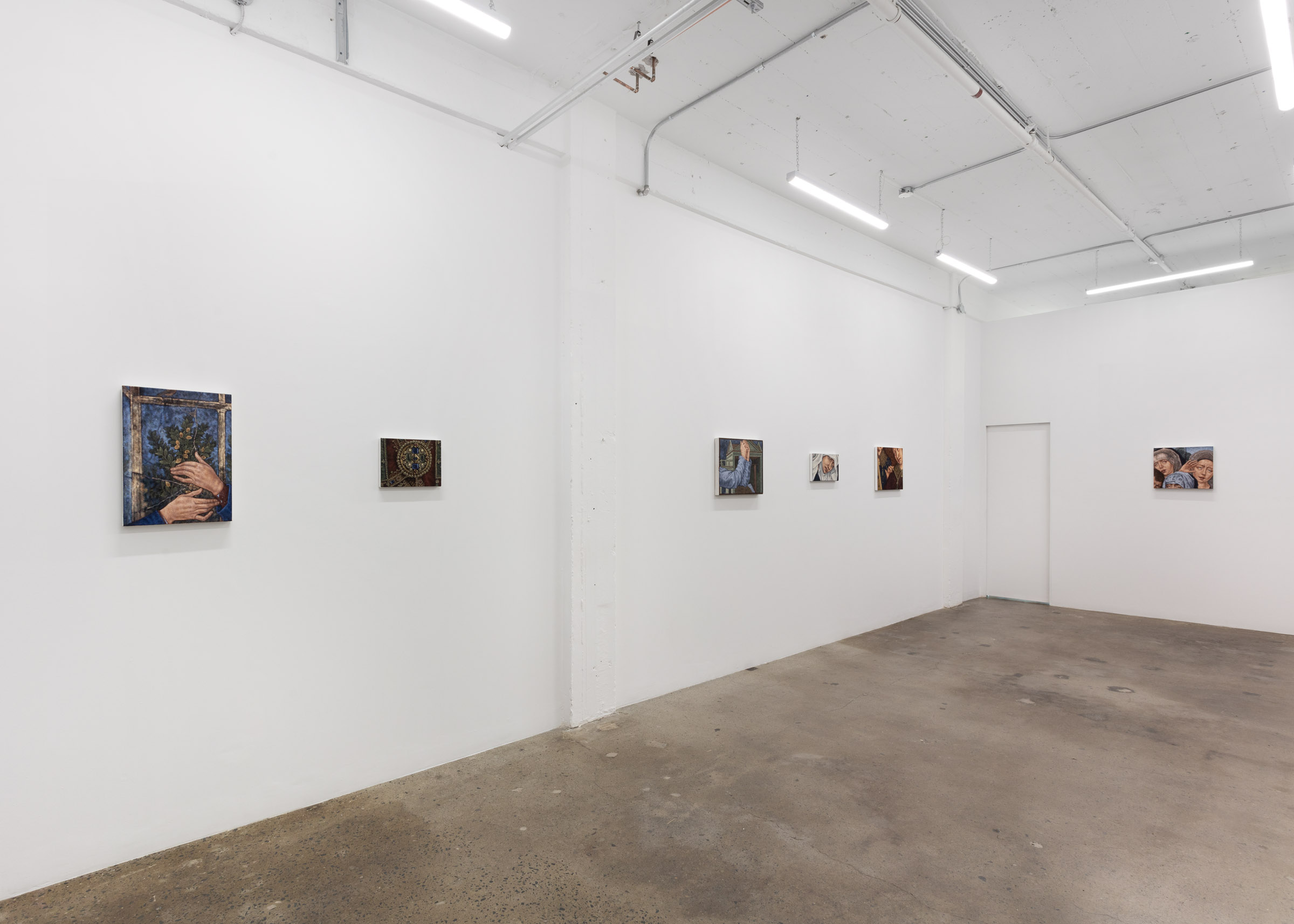
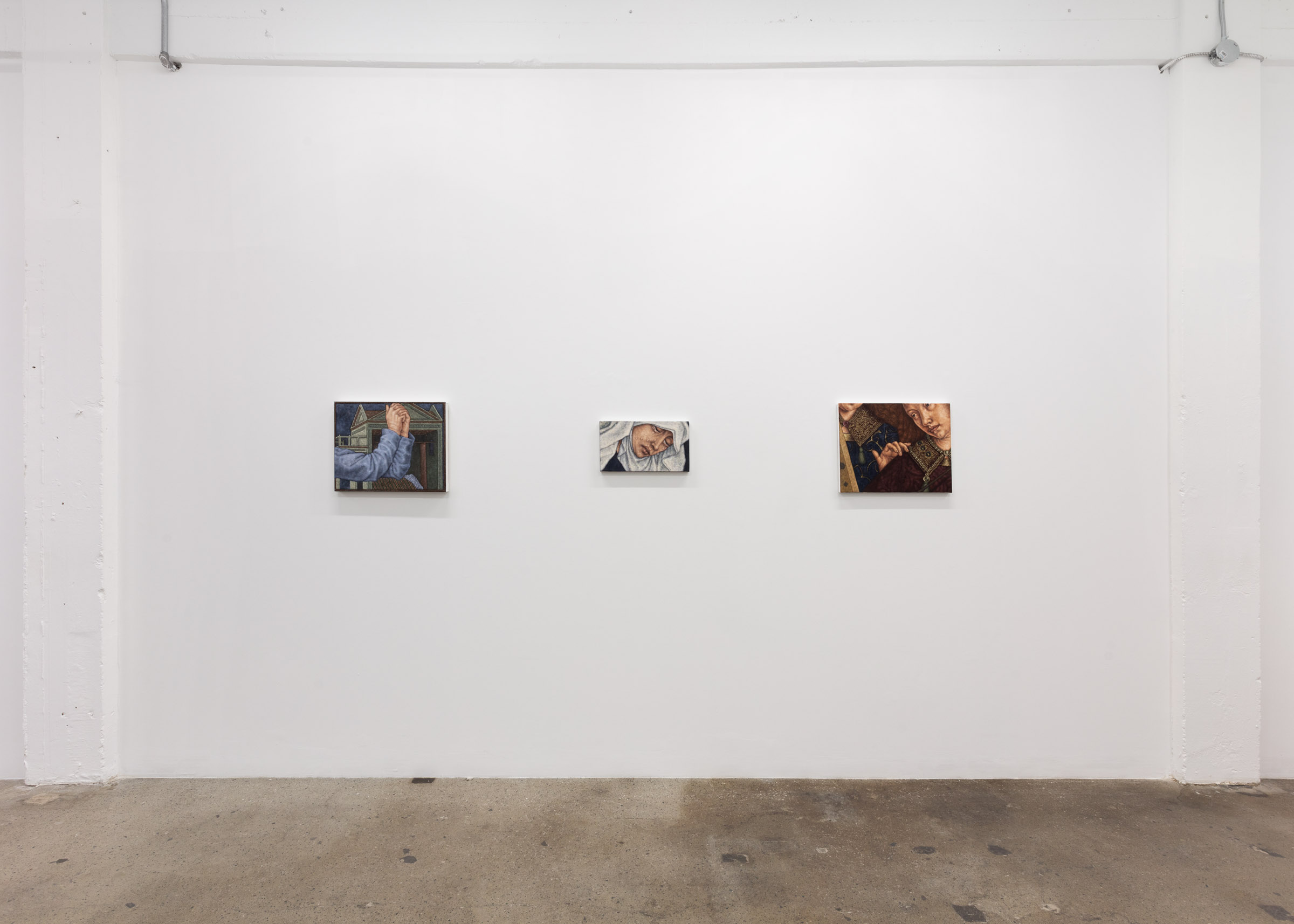
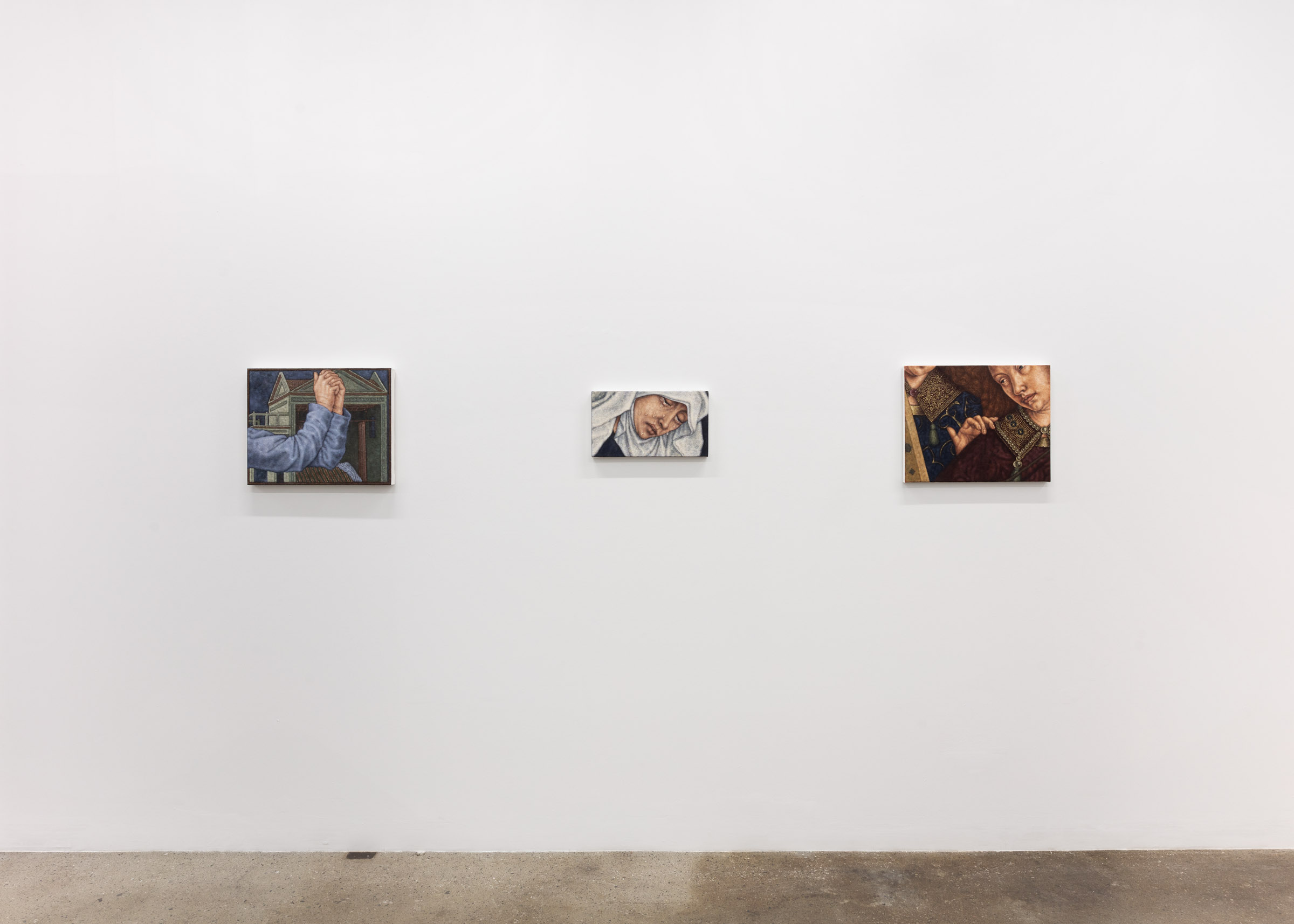

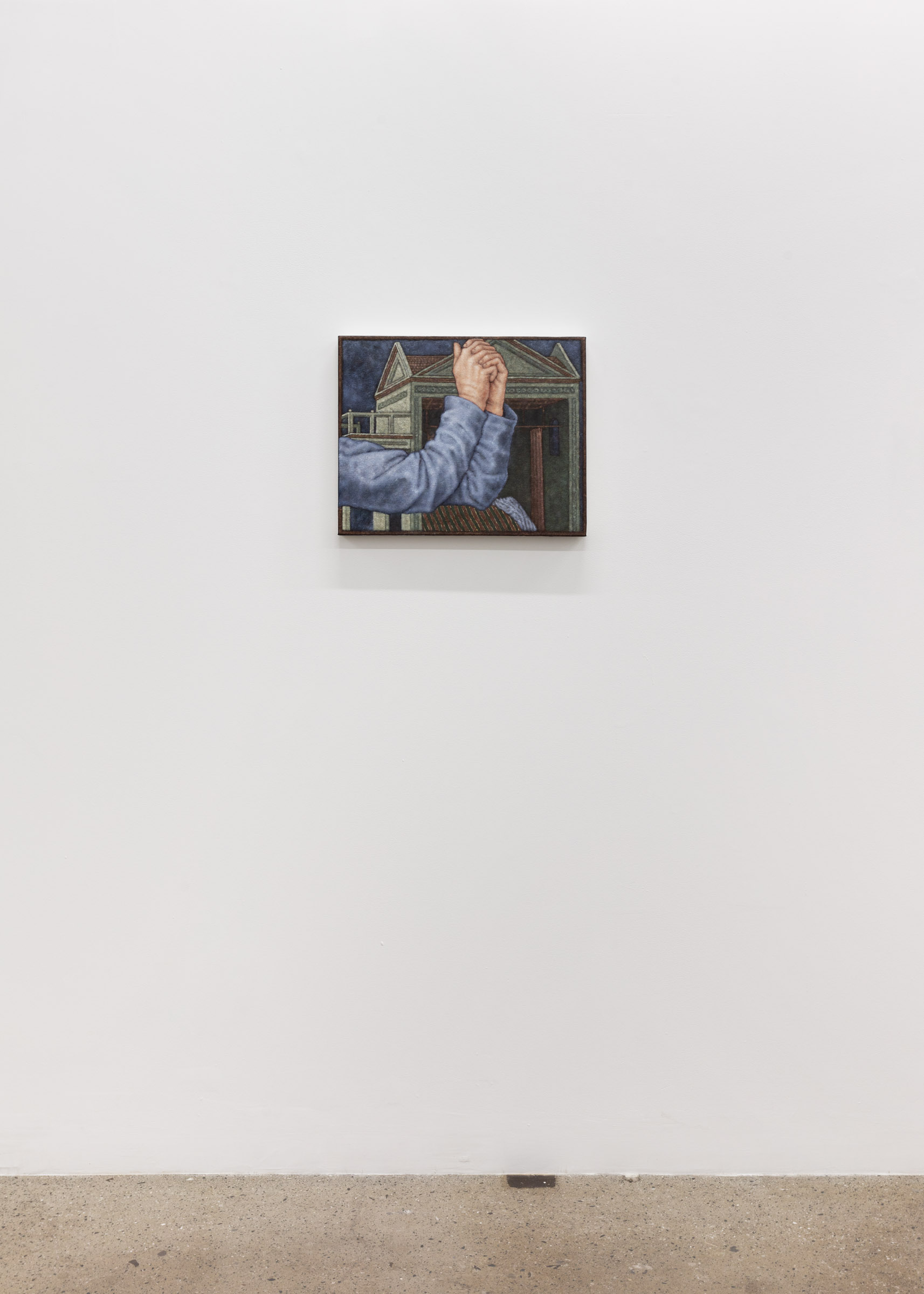

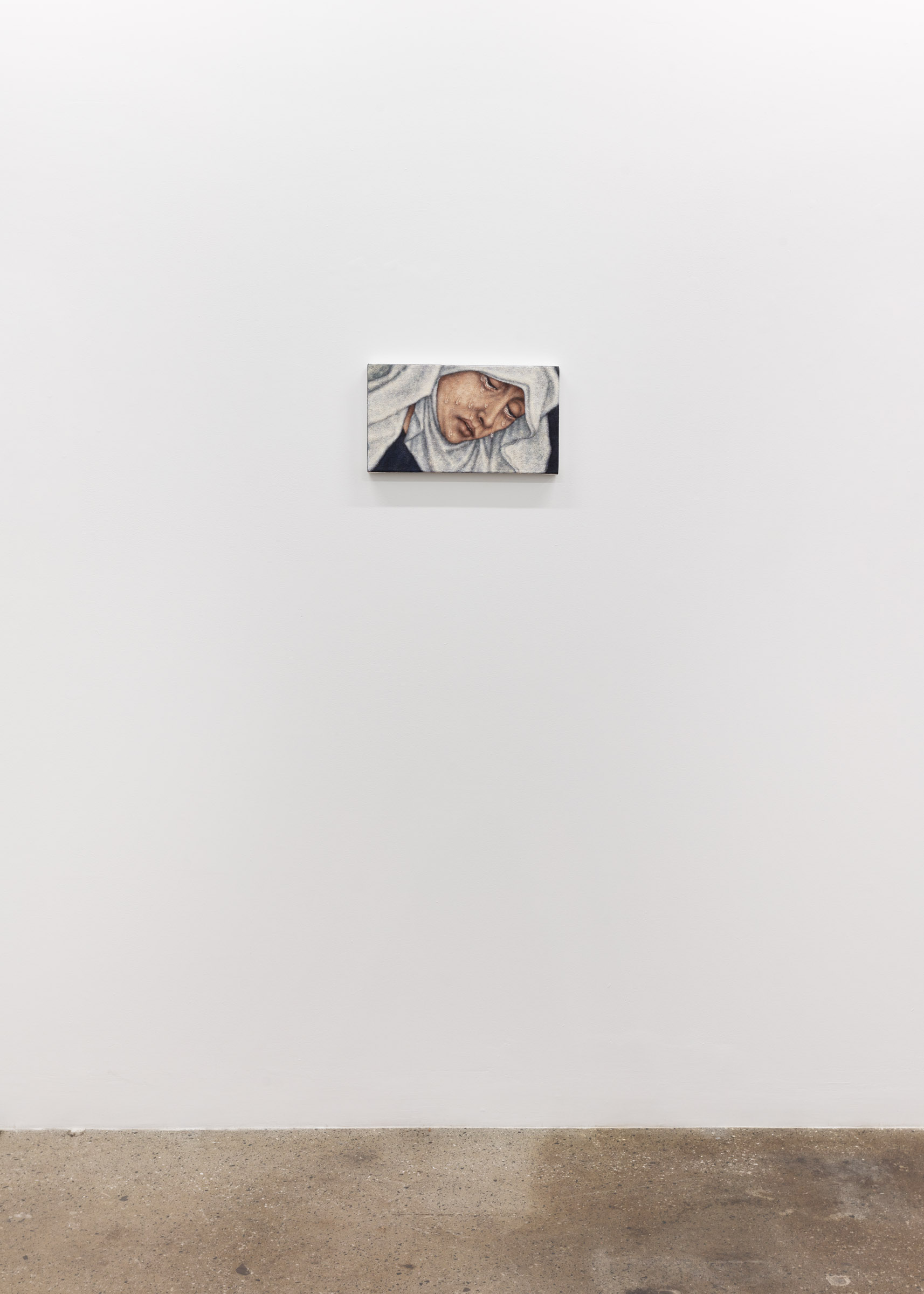
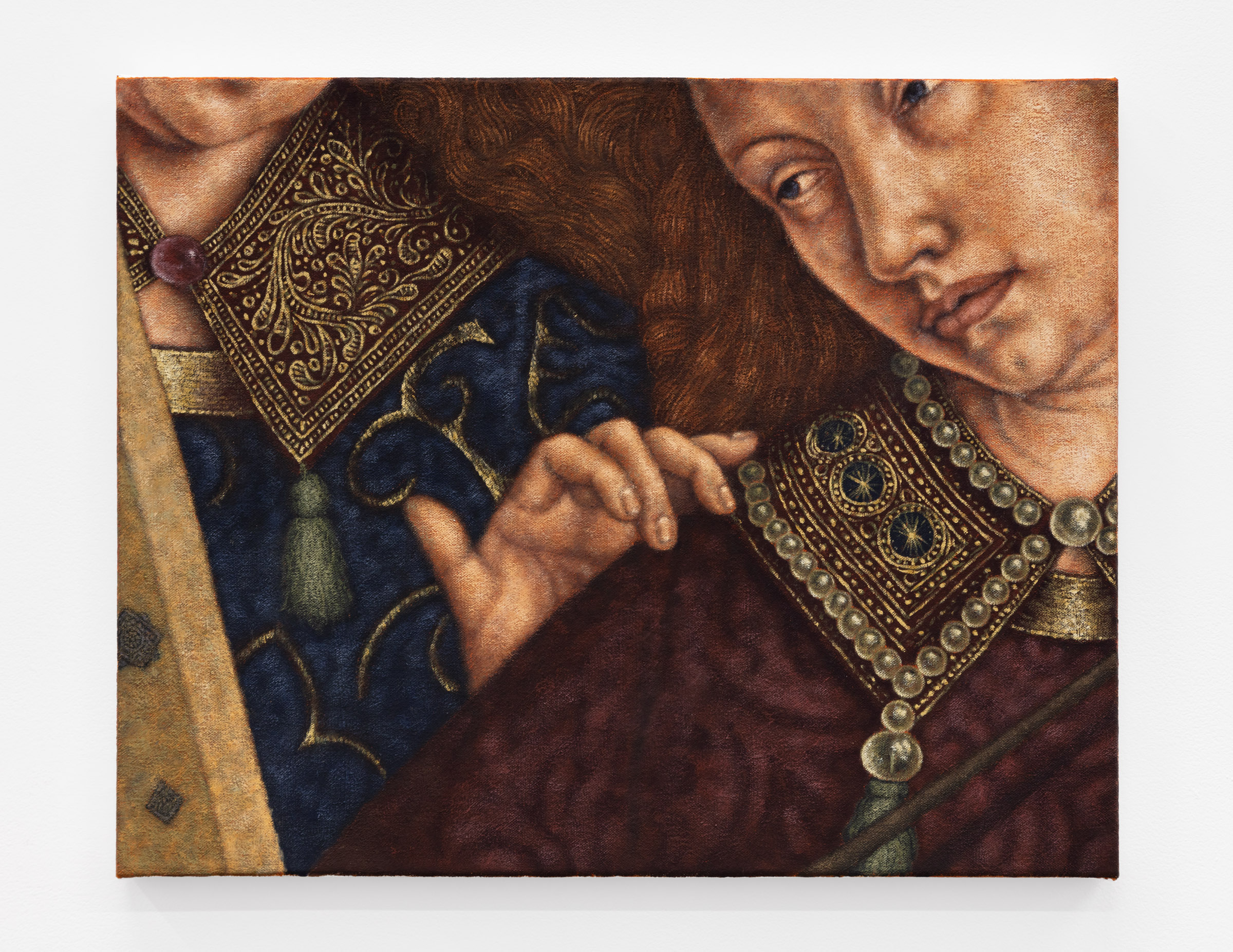

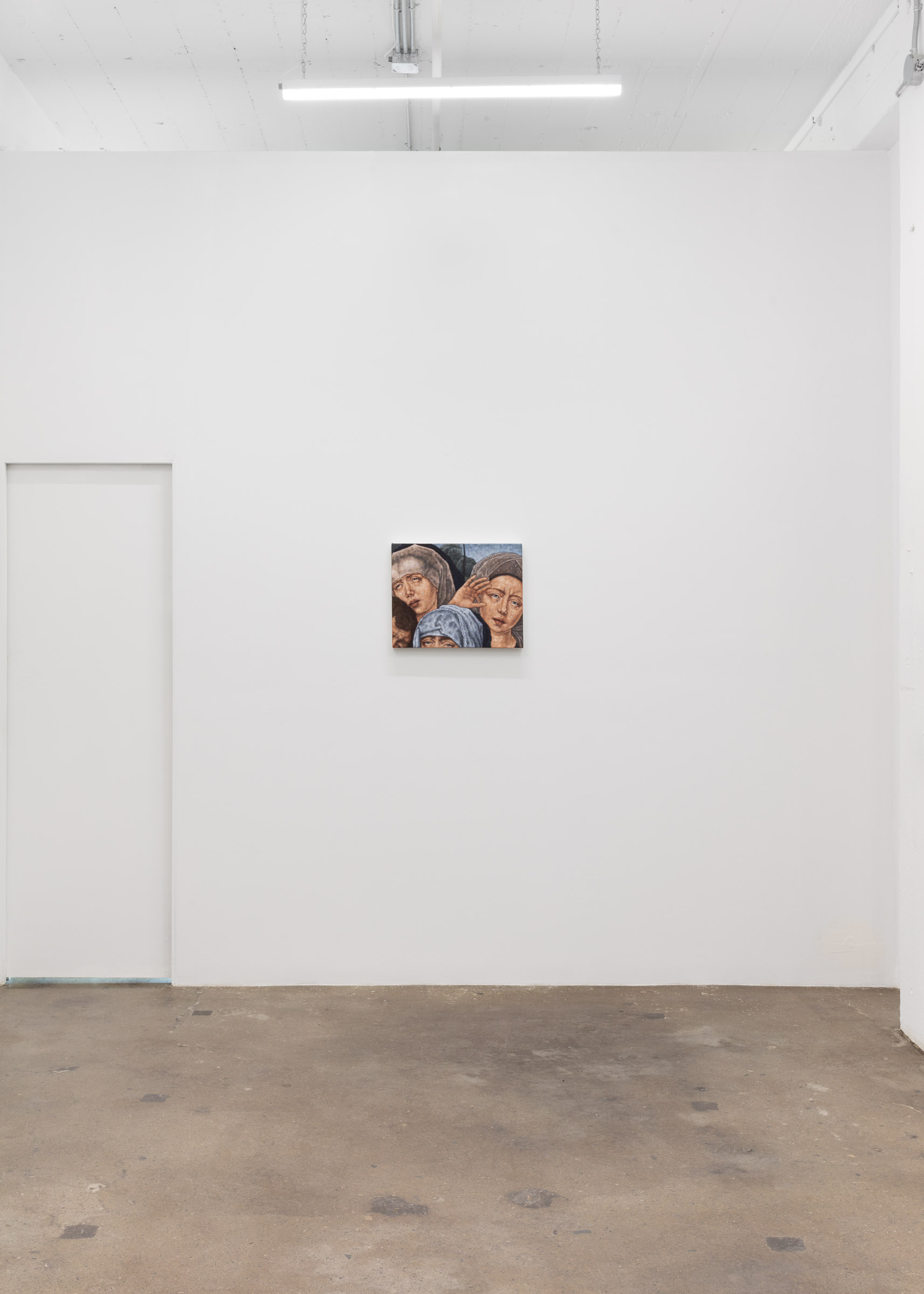

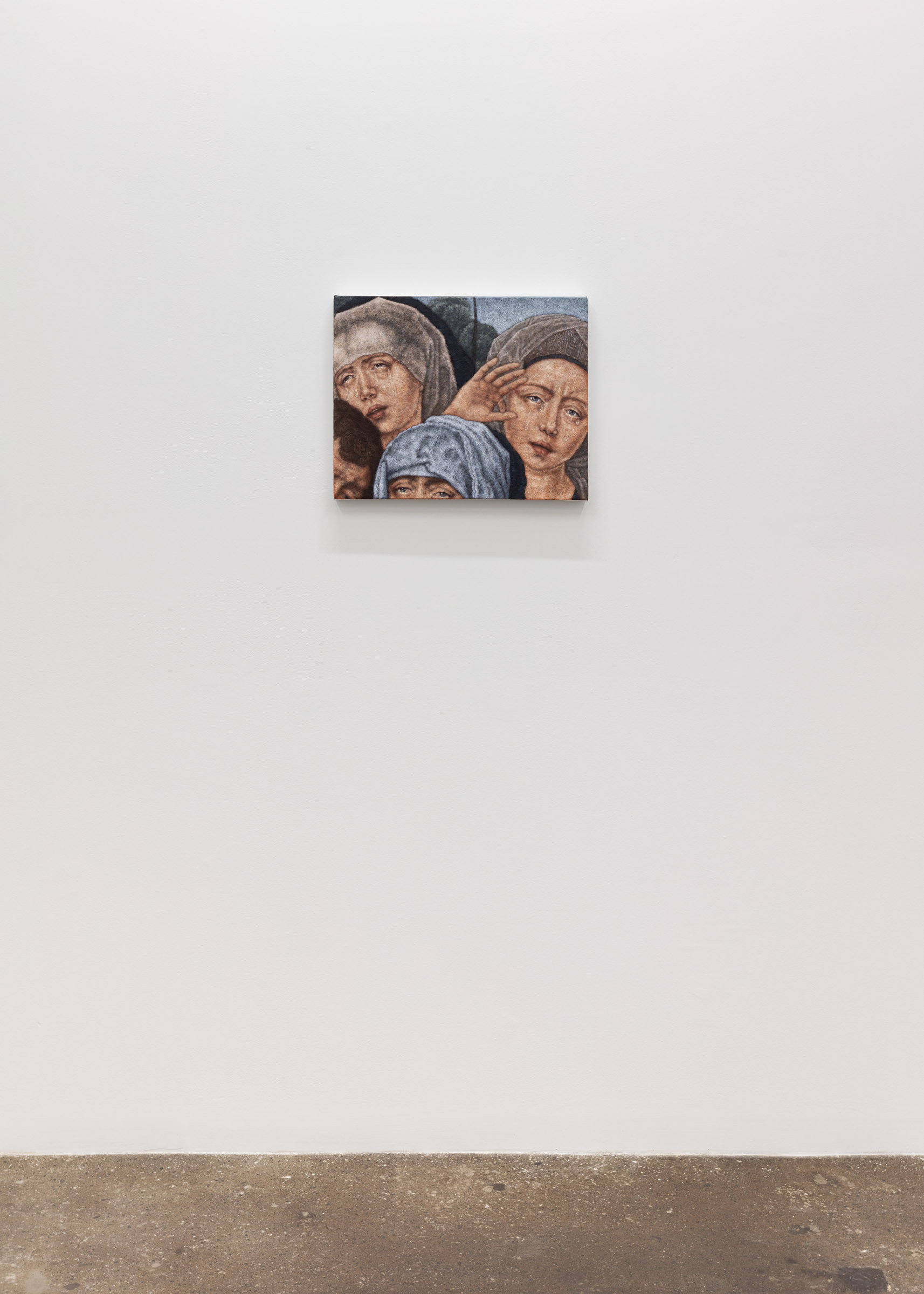
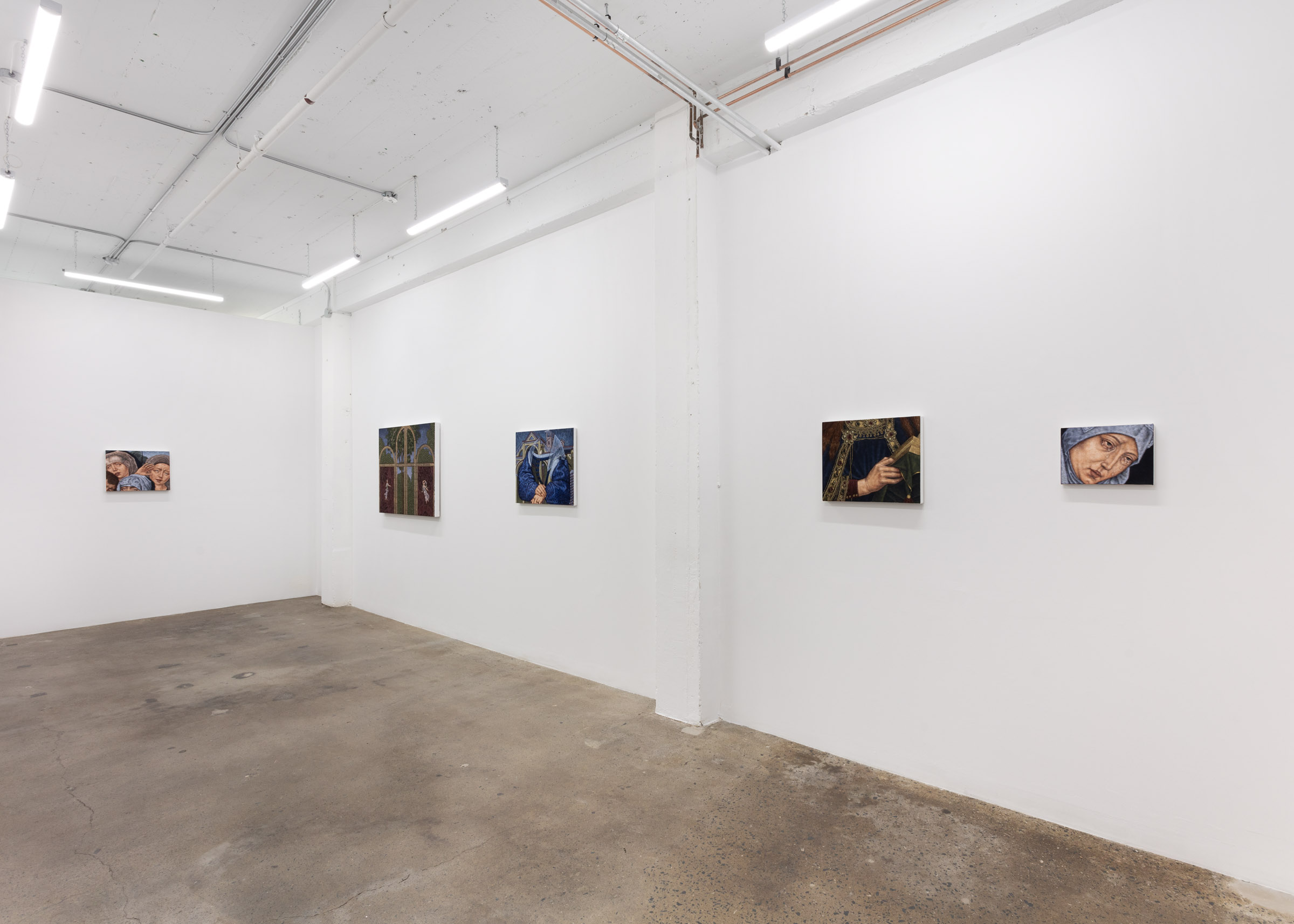
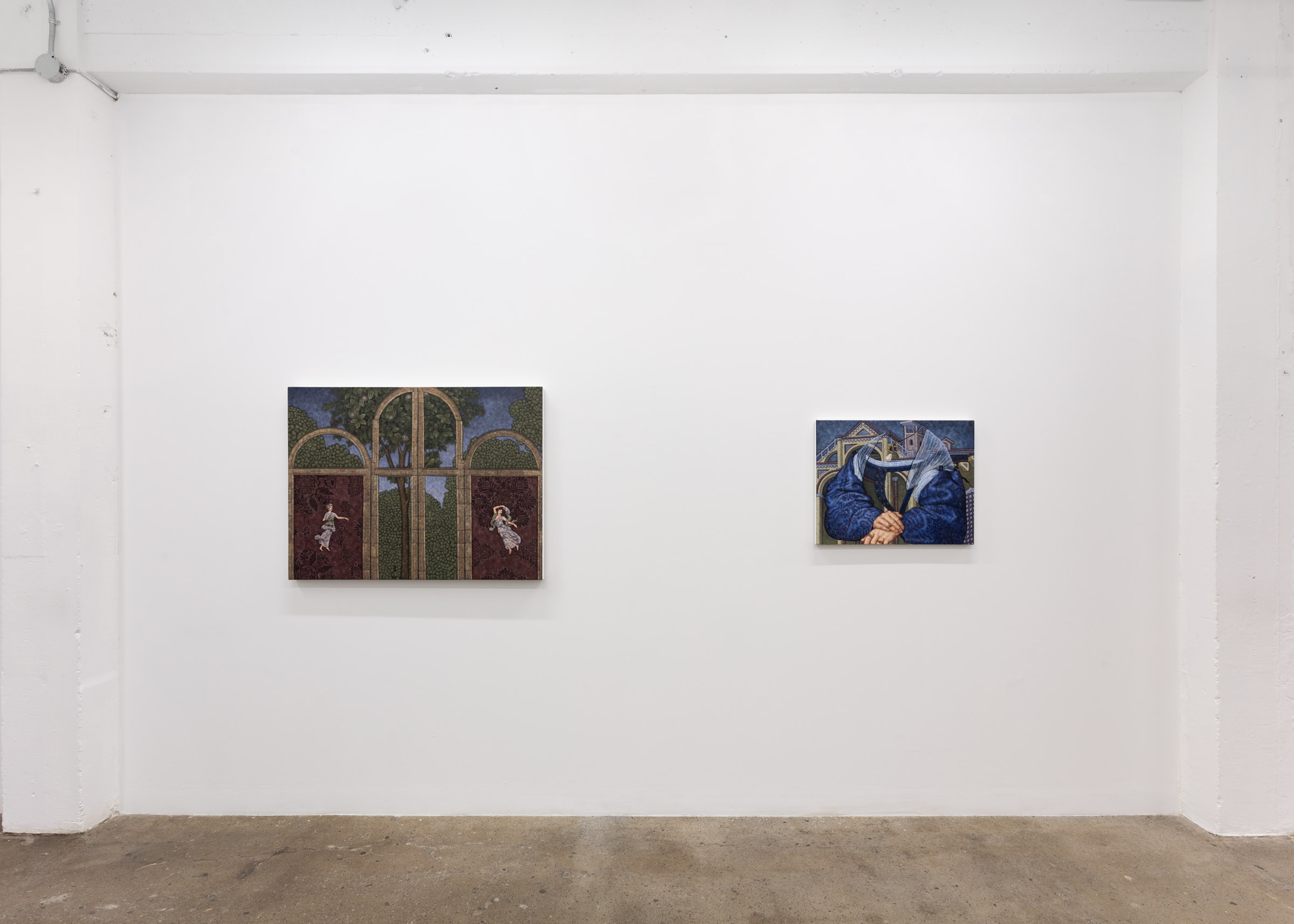
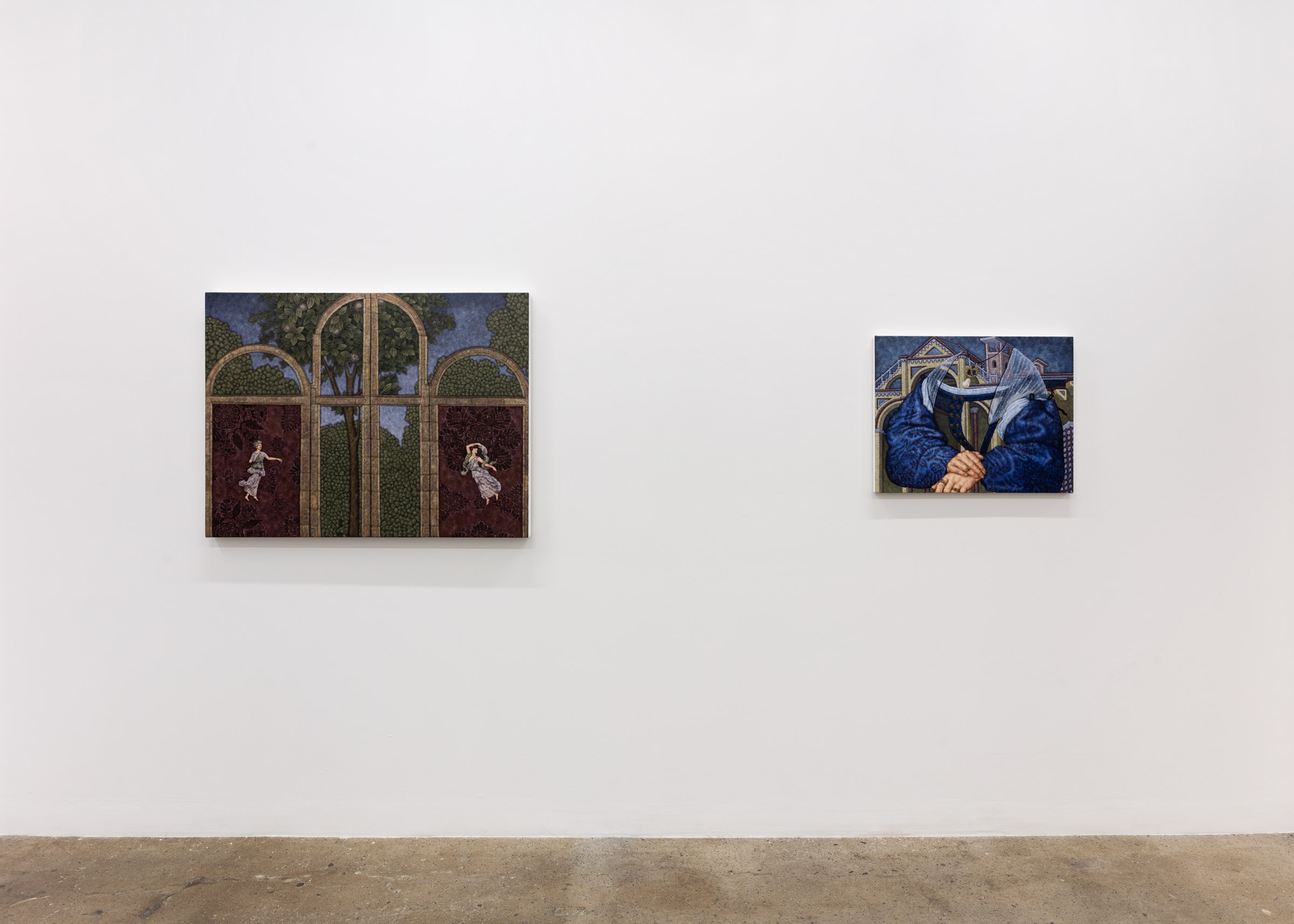
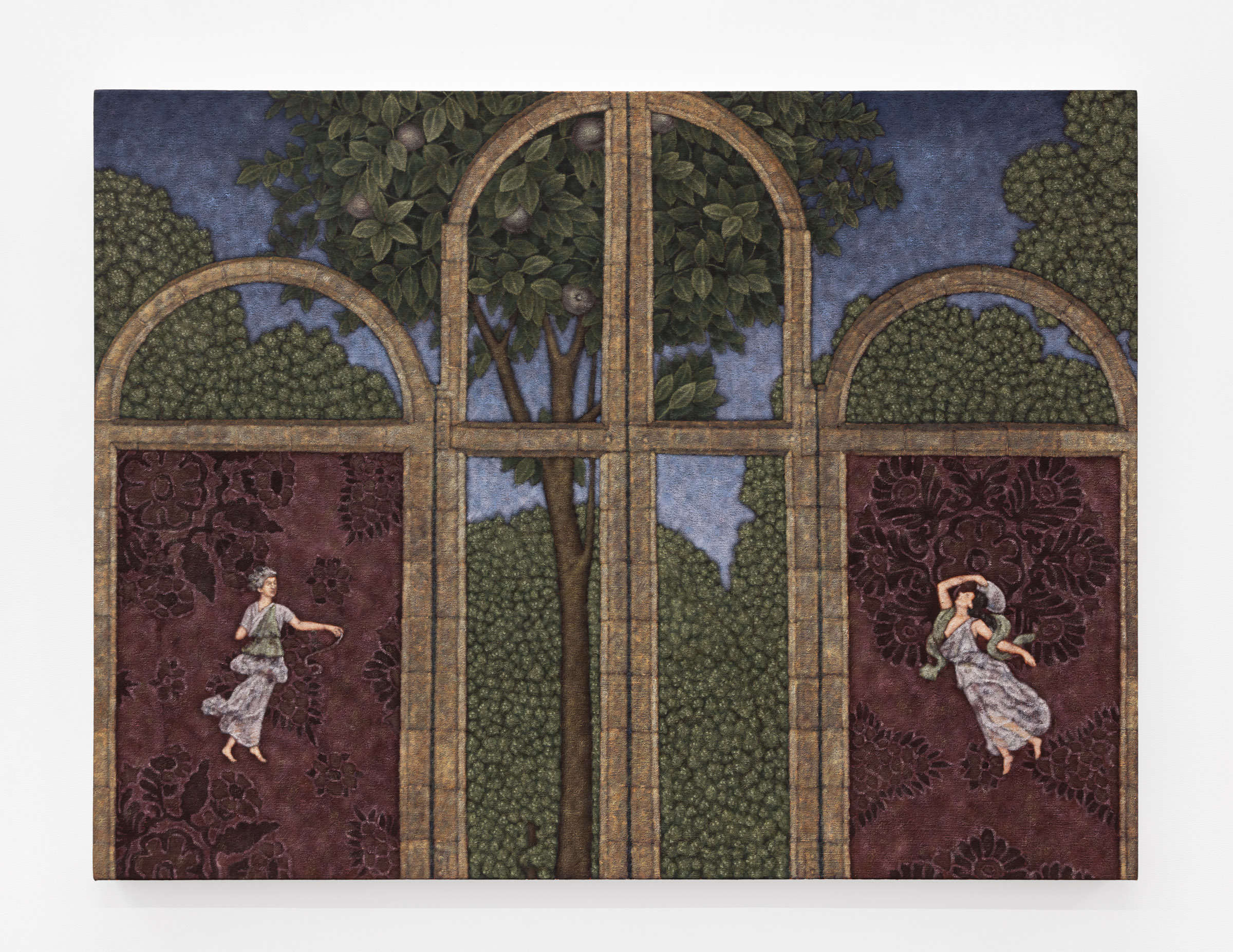

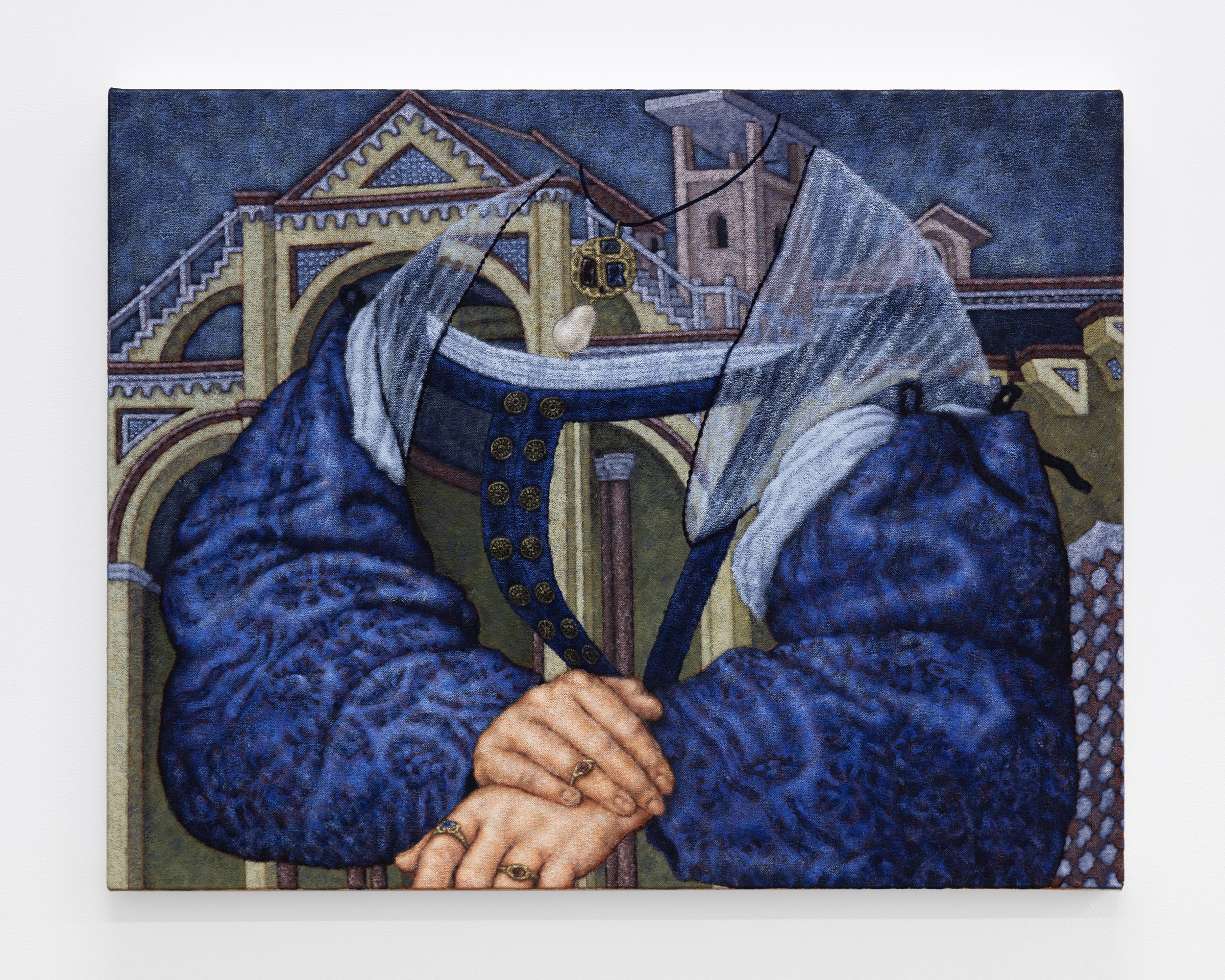
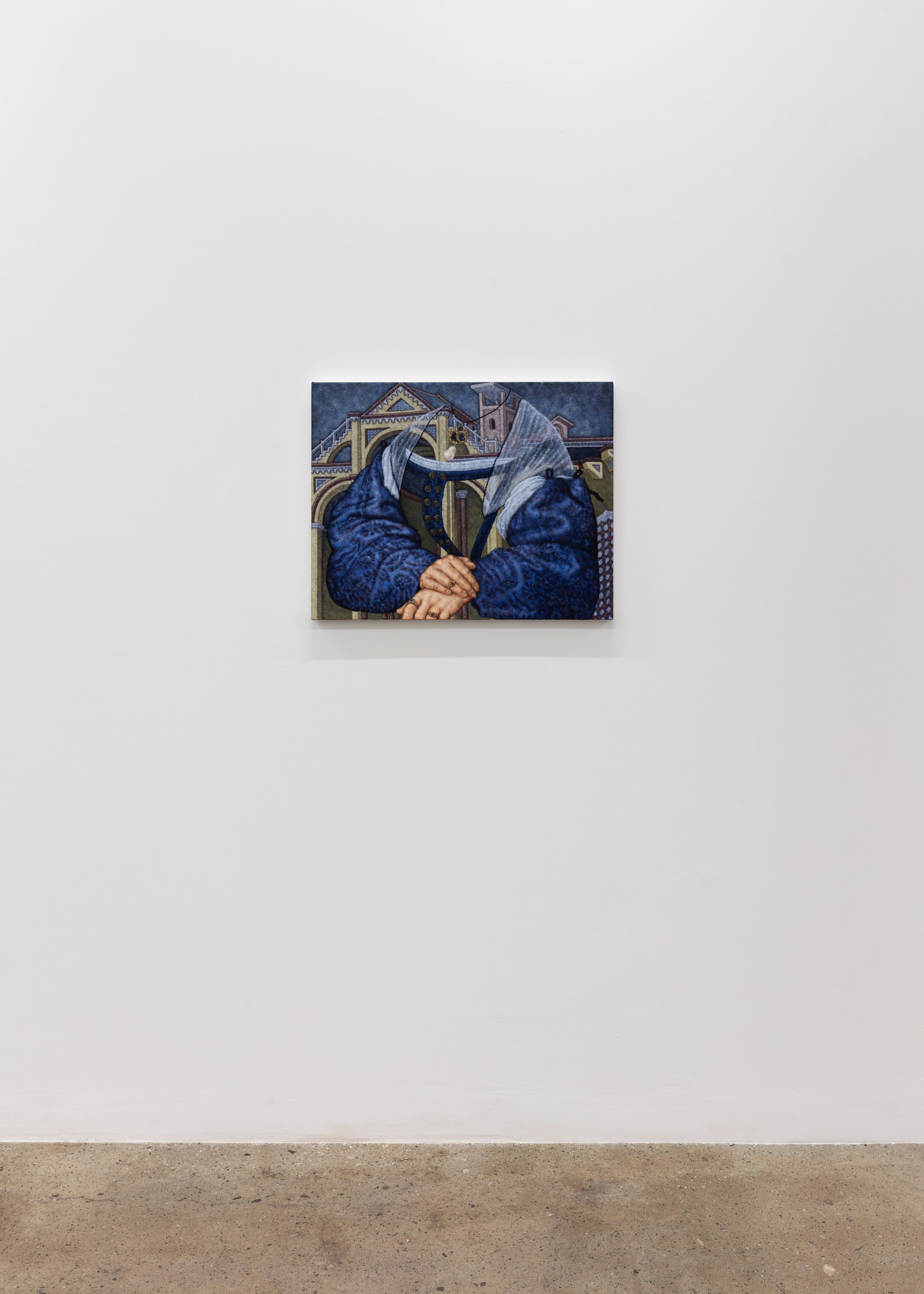
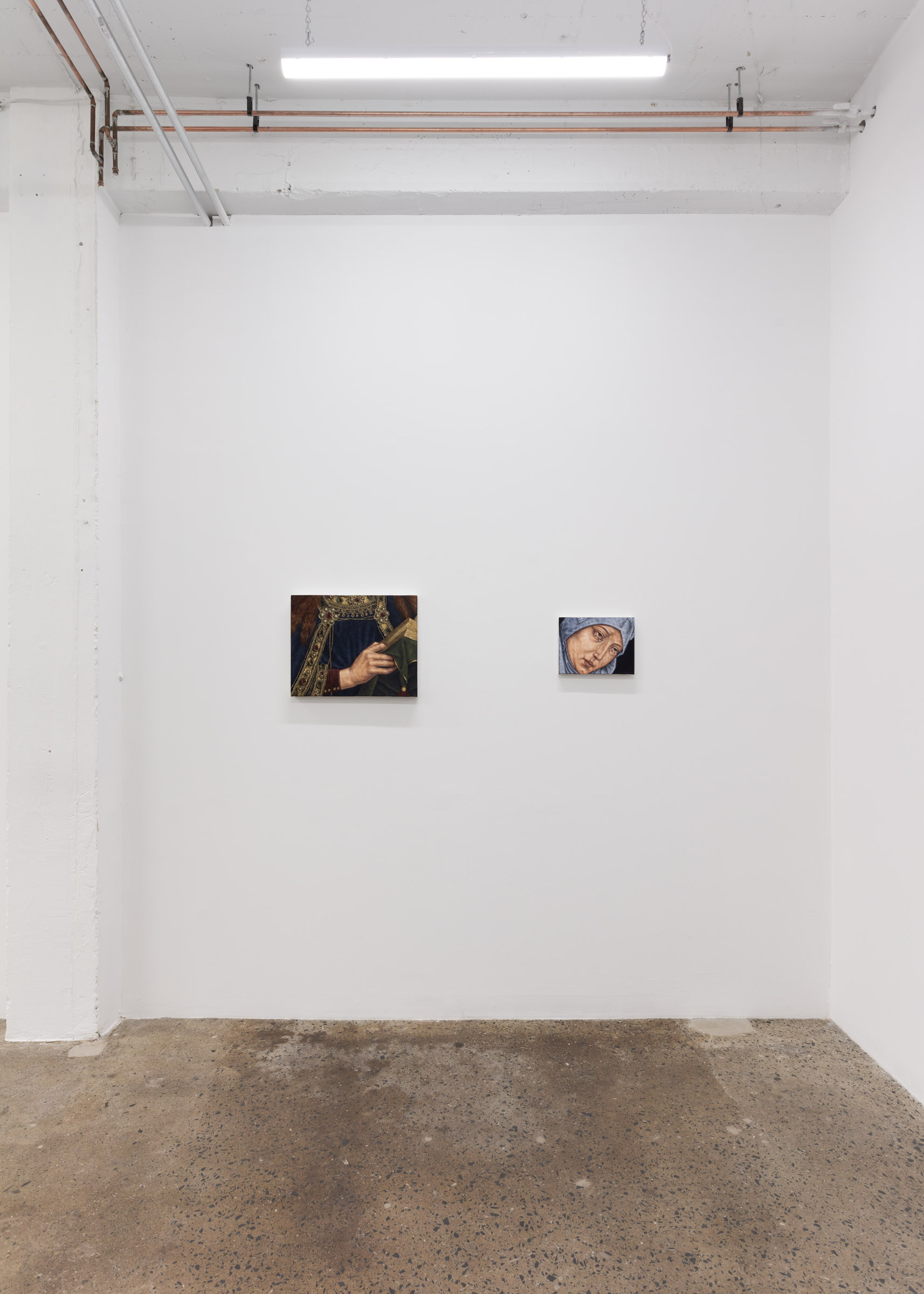
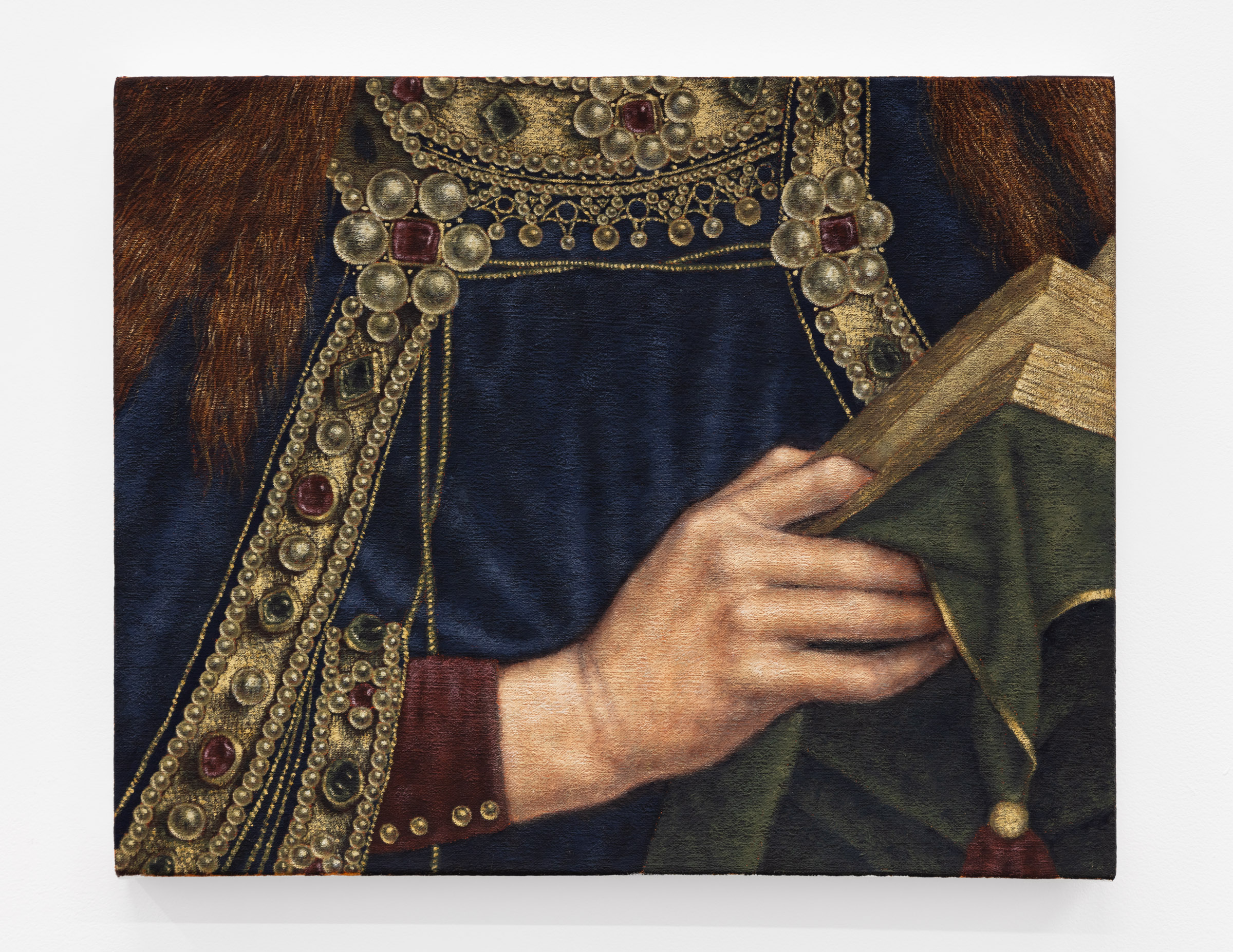
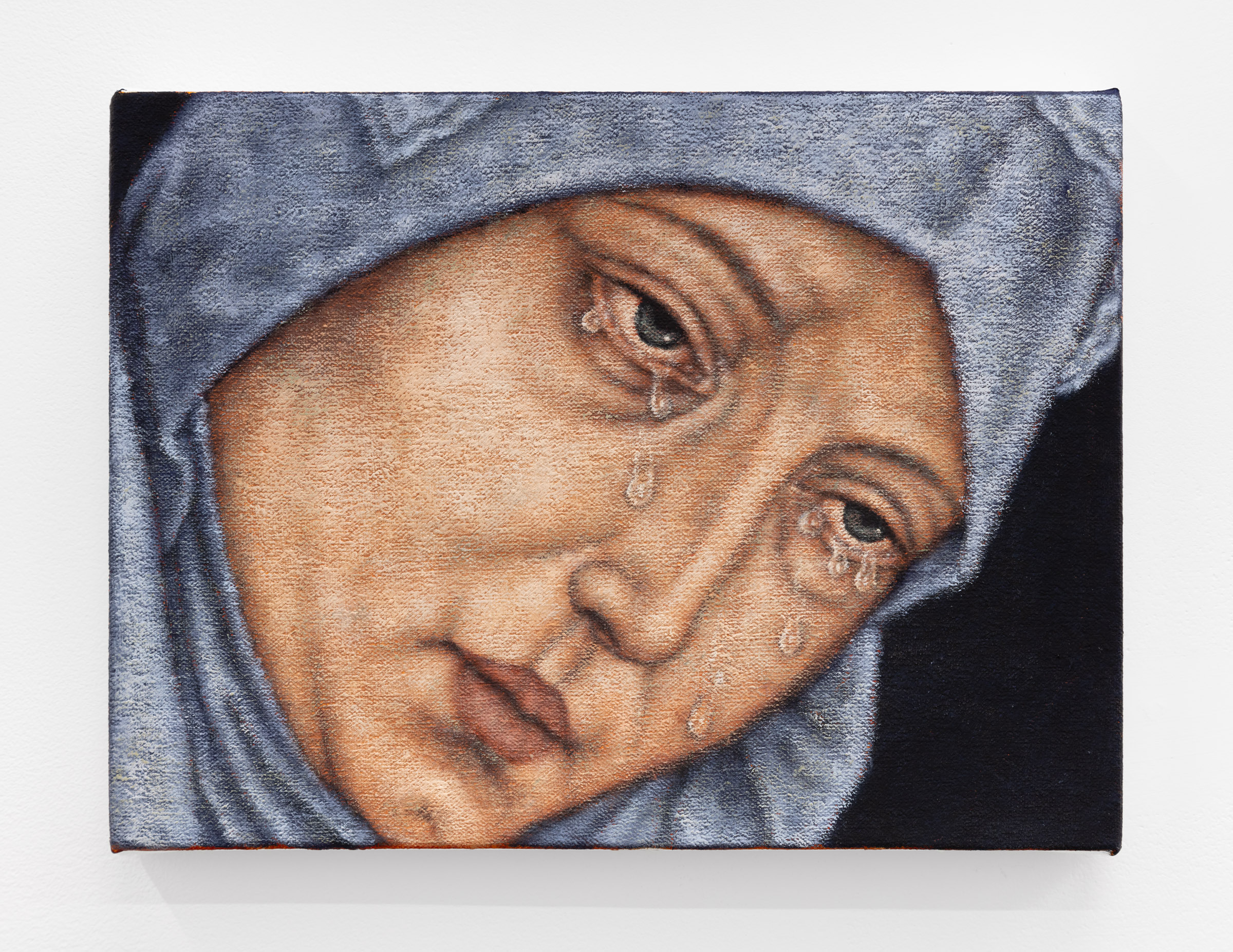
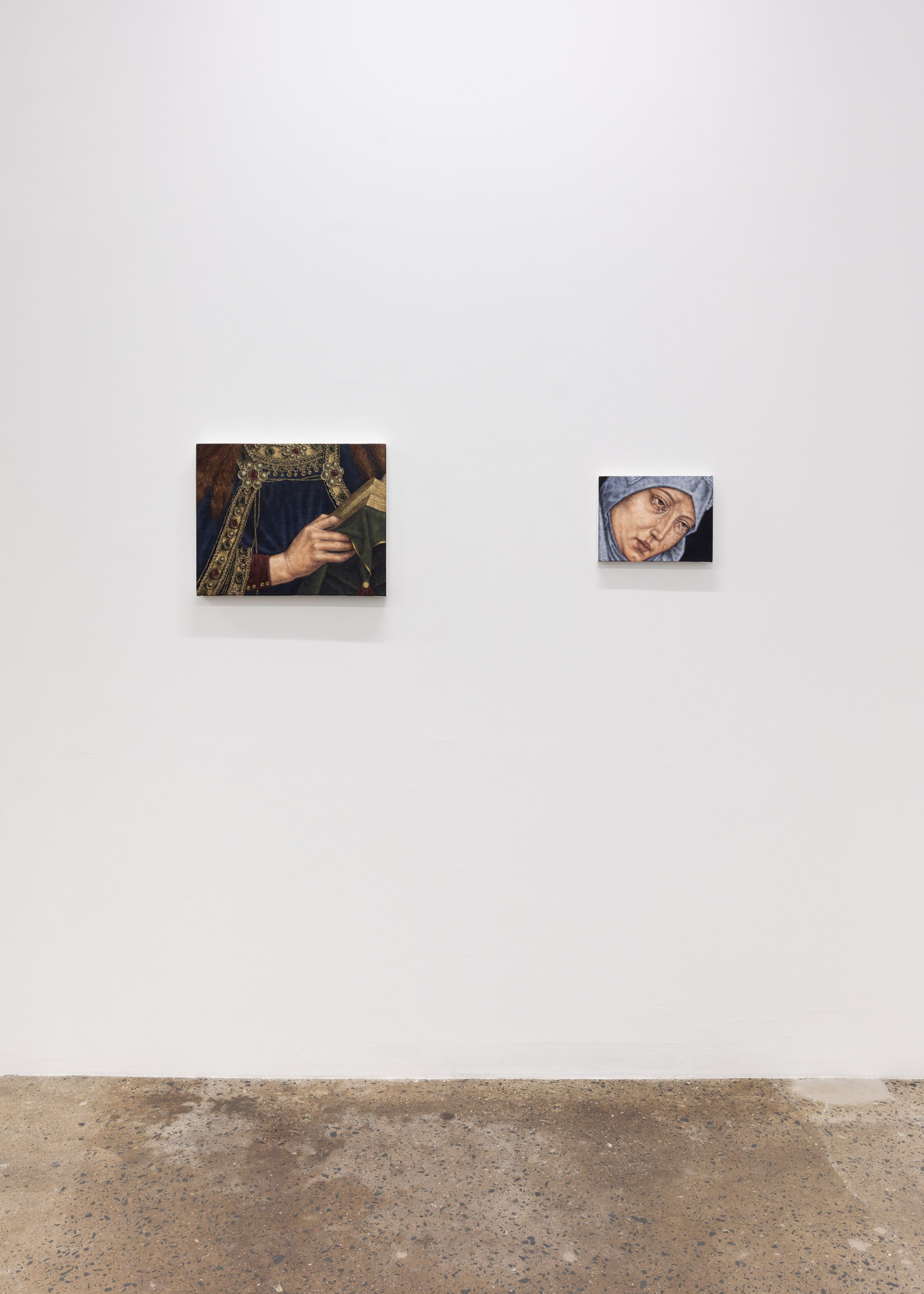
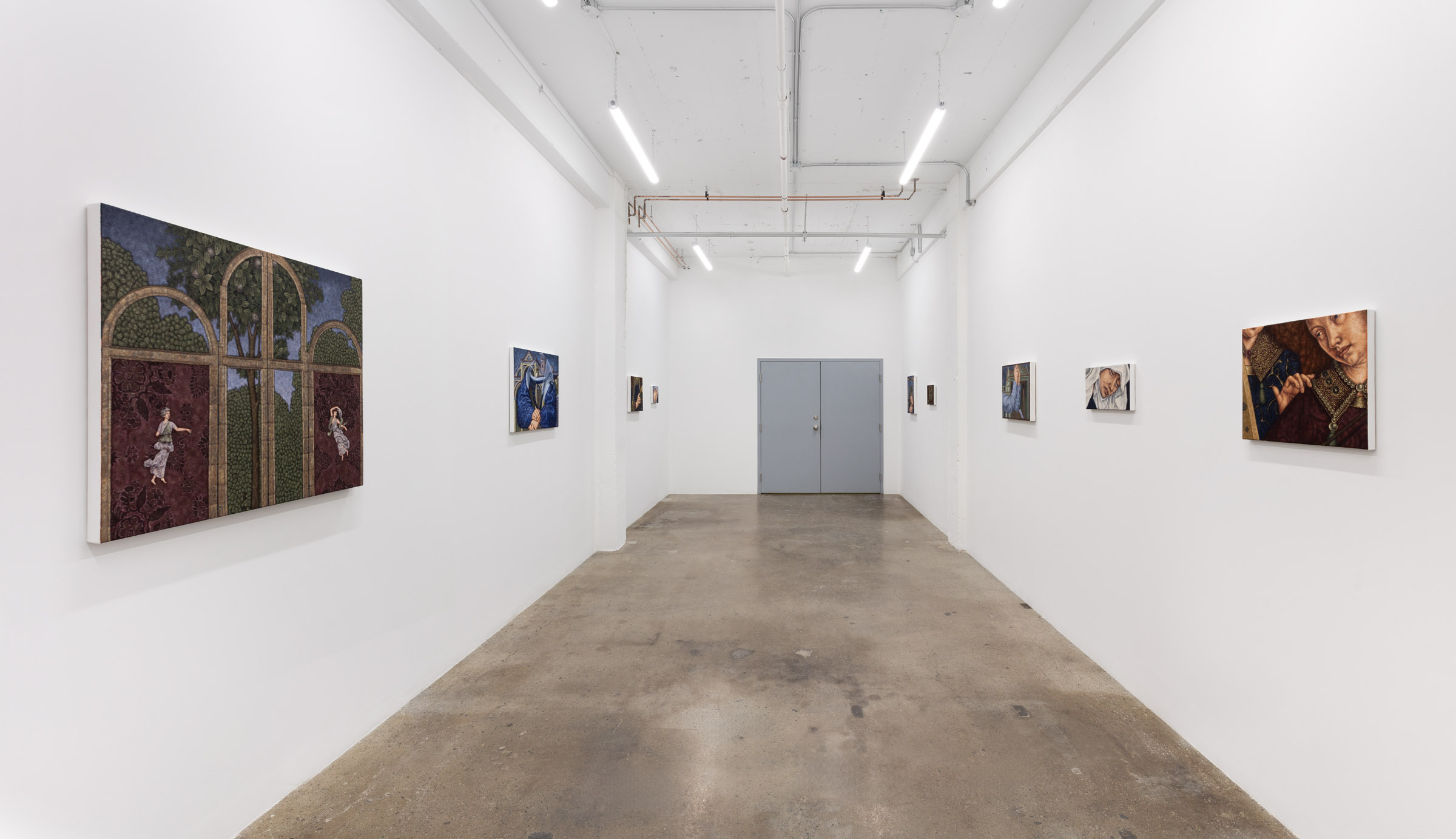
Ars Memoria / Art of Memory
“Whenever I travel, it’s always to say goodbye.”
There are great human achievements where no instructions have been left. Did they think we would discover an innate sense of know-how? The pyramids are still a mystery, and not without trying. When we squint and strain to read handwritten notes from centuries ago, there is a sense of loss—and someday our schoolgirl cursive will look like ornate glyphs to the modern eye.
In the Middle Ages, people used memory as a set of principles and techniques to pass down and preserve customs for the future. Men and women came together to patch together their remembrances. It was considered an art, ars memoria.
Without curiosity for the past, we lose language, tradition, and craft. We travel to see the churches and crumbling statues of Europe and ask why we do not build such beauty anymore. Really, it is a question of whether we know how to. Hordes of tourists walk by, unable to decipher the signs and symbols left to us with the trust that we would understand—those tourists hardly stop to look.
What does it mean when our eyes must work backwards? Layer by layer, we must detangle the strokes of the Dutch Masters. Original materials disappear, and without human intervention, our artifacts do too. In 1938, W.H. Auden spent the winter in Brussels with Christopher Isherwood. It is there he wrote the poem ‘Musée des Beaux Arts’, “About suffering they were never wrong, / The Old Masters: how well they understood / Its human position; how it takes place / While someone else is eating or opening a window or just walking dully along.” As time goes by, it is in the small gestures of these subjects that we create a rapport for what otherwise seems far off.
In Susan Sontag’s Unguided Tour, two lovers wander Venice during flood season. As they walk through the cemetery on Isola di San Michele, the man remarks, “I don’t consider devotion to the past a form of snobbery. Just one of the more disastrous forms of unrequited love.” As much as we seek the past, we accept that there are things we will never know. Whatever corners we may trace, there still exists gaps of unknowingness, much like meeting the love of your life in middle age. We fill in what we can.
Are ghosts not reminders for the living as to who has been lost? Haunting dark corners to prove they once held court here, too. They remind us of their presence, with a shell of their past power. Much like a painting in a museum, the ghost is tied to one place relying on us to go forth and tell their stories. Virgil tells a despairing Dante that this is no time to tire, “The man who lies asleep will never waken fame, and his desire and all his life drift past him like a dream, and the traces of his memory fade from time like smoke in air, or ripples on a stream.” We are always at risk of forgetting if we do not take care to remember.
- Marlowe Granados, 2024
Jennifer Carvalho (b. 1980 Hamilton, CA) mines work from Antiquity to the Renaissance to connect historical narratives to the present. Framing the Anthropocene as a shift from earlier modes of telling and inhabiting history, her paintings work to trouble an anthropocentrically linear time, defined by humanity’s tendency to erase, rewrite, and misremember entire histories. With an interest in the slow movement of time through the slow act of painting, she connects this to the idea of knowledge that is lost or passed on through the passage of time. Her work focuses on the inheritance of culture, objects, and ideologies and how they inform her understanding of the world.
Jennifer Carvalho graduated from University of Guelph in 2013. Recent exhibitions include Helena Anrather, New York; Haper’s, East Hampton; WOAW Gallery, Hong Kong; Workplace, London; Palmer Gallery, London; Coulisse, Stockholm; Franz Kaka, Toronto; Union Pacific, London; Pangée, Montreal; The Embassy of Canada, Washington D.C.; Georgia Scherman Projects, Toronto; Montreal Museum of Fine Art, Montreal; and The National Gallery of Canada, Ottawa. In 2020, Carvalho was an artist-in-residence at The Banff Centre, AB. Carvalho has been awarded numerous prizes including Mary E. Hofstetter Legacy Fund for Excellence in the Visual Arts, Banff Centre; Toronto Arts Council Visual Artist Program, Toronto Arts Council; Research and Creation Grant, Canada Council for the Arts; and The Elizabeth Greenshields Foundation Grant. Carvalho is in public collections, including RBC, Corporate Art Collection, Toronto; TD Bank Financial Group, Corporate Art Collection, Toronto; Art Gallery of Hamilton, Hamilton, ON. Carvalho lives and works in Toronto.
